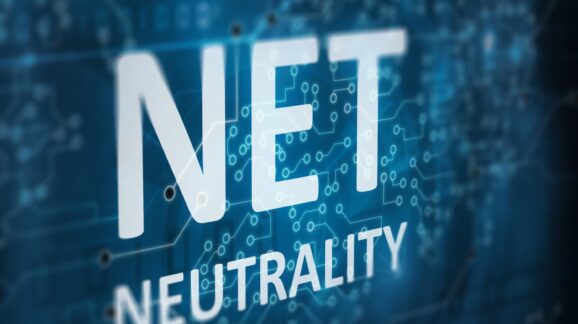Net Neutrality Trusts Regulation over Markets
Regulation won’t encourage competition and innovation. It will instead chill innovation and lead to an inferior consumer experience.
Despite years of investment, innovation, increasing competition, and declining prices under a light-touch regulatory framework, the Federal Communications Commission (FCC) has reinstated Obama–era net-neutrality rules and is applying utility-style regulation to broadband. This partisan move is consistent with the Biden administration’s overall approach: faith in government regulation and a distrust of the marketplace.
The net-neutrality rules themselves prove the point. The FCC has established bright-line rules prohibiting blocking, throttling, and paid prioritization. Chair Jessica Rosenworcel says that these rules are needed because consumers “do not want their broadband provider cutting sweetheart deals, with fast lanes for some services and slow lanes for others. They do not want their providers engaging in blocking, throttling, and paid prioritization.” She says that the net neutrality rules “fix” that.
It is unclear, however, why the FCC thought there was something to fix. Internet-service providers (ISPs) already have indicated that they do not engage in blocking, throttling, or paid prioritization, and there is no evidence that, beyond reasonable network-management practices (such as for network security), such conduct is occurring. It is undisputed that consumers can visit any lawful website, play games, and stream the video content of their choosing.
This blanket use of regulatory authority is not only unneeded but detrimental. The bright-line rule banning paid prioritization presumes that paid prioritization is always harmful to consumers. In fact, paid-prioritization offerings are common in the general marketplace in order to relieve congestion or serve a consumer need, just as TSA PreCheck and USPS Priority Mail do.
Read the full article on National Review.
